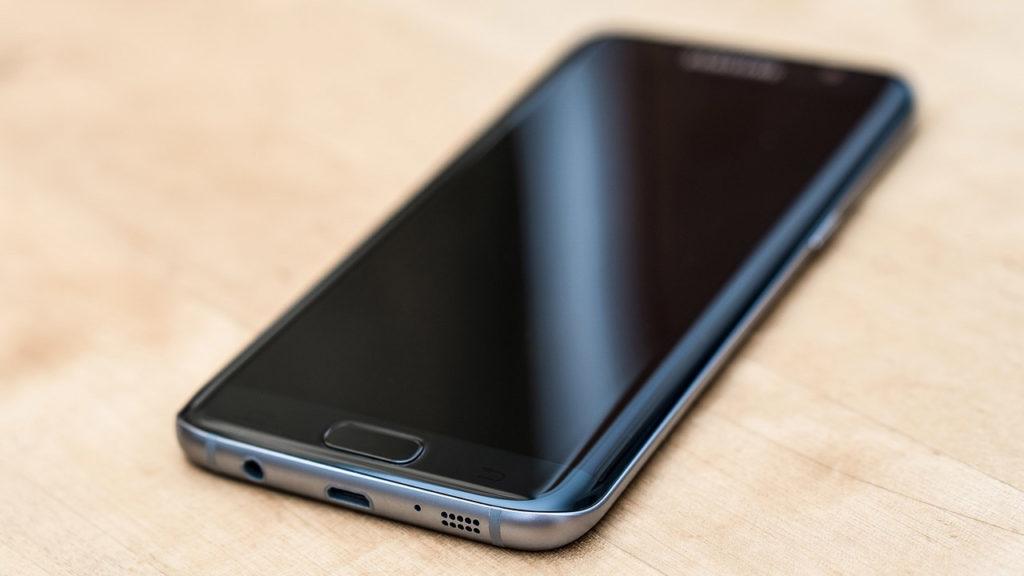

From there, just choose your keyboard and toggle your settings.įor iPhone users, simply go to Settings > General > Keyboard. Simply go to Settings > Additional Settings > Languages & Input. Take note that on some versions of Android, keyboard management will be under Additional Settings. From there, choose your default keyboard and then toggle the predictive text option to turn it on.

But if it doesn’t or if you’ve disabled it, here’s how you can turn it back on again.įor Android users, go to Settings > General Management > Keyboards. New mobile phones or those that have been recently factory reset will have predictive text on by default. If you’re unsure of how to do that, don’t worry! You can check out our in-depth guides on how to update to Apple iOS 13 and Android 10.

On a quick note, you might want to update your software first for a better experience. We included guides for both Android and iPhone so that you won’t have a hard time! Now that you have an idea of how the predictive text works, here is a quick guide on how to use it on your mobile phones. Predictive Text Usage Guide for Mobile Phones The predictive text will offer it as an option if you enter a pattern similar to the keys or if you use a similar sentence pattern.Īgain, it’s best to keep in mind that while the predictive text is a modern function, it’s still not perfect and will rely on how you use it to make it function properly for you. If a word is added to your dictionary, the keyboard will automatically “learn” it. The more you use that word, your keyboard will think it might be a probable choice and present you with it the next time you type a similar sentence or word. If you choose to ignore a word, the keyboard will assume that it is not wrong but not a word that you often use. Should you decide to accept correction, the keyboard will assume that the word you typed is wrong and will continue to offer corrections once you type it again.


 0 kommentar(er)
0 kommentar(er)
